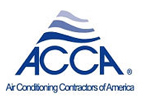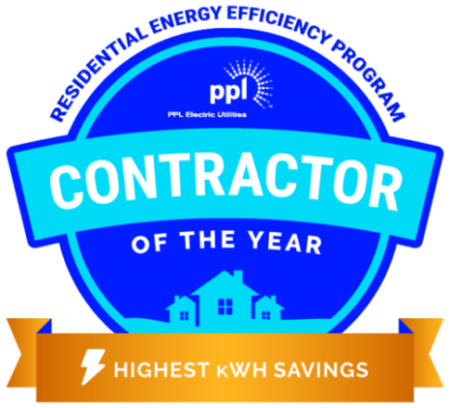Plumbing Inspection Tips When Looking for a New Home
Looking for a new house is an exciting and serious process. However, you don’t want to run into any new home plumbing issues. That’s why it’s important to know how to inspect plumbing before buying a home. At Zimmerman Plumbing Heating & Air Conditioning, homeowners come first. In case you’re browsing the market, we thought it might be useful to learn how to check the plumbing in a new house before you buy it.
We’ve broken down this guide on how to inspect plumbing before buying a home into three sections. Keep reading to learn how to ensure you buy a new home that is free of plumbing issues.
Look for Visual Damage
The first step in learning how to check the plumbing in a new home is looking for visual damage. Homeowners often underestimate household leaks as the source of new home plumbing issues. Toilets, shower heads, piping and toilets can all contribute to water damage. While touring the inside of your future home, be on the lookout for the following:
- Water stains on the ceiling and floor: If you observe dark or copper-colored stained spots on the ceiling, it’s likely that the bathroom or piping on the second floor is leaking. Floors that show signs of light and dark stains indicate a leak beneath your feet.
- Mold and mildew: Mold and mildew thrive in moist conditions and can be harmful to your lungs over the long term. If you spot any black, brown or gray patches throughout your home, it’s a sign of leaky pipes.
- Sagging ceilings and warped flooring: inspect the ceilings, walls and flooring carefully. If you notice sagging, buckling, warping or cracking anywhere in the home you’re touring, beware. Spongy-feeling floors are also a warning sign of plumbing issues in your new home.
- Cabinets with watermarks: Look inside cabinets to make sure you’re not missing any stains or warping. You never know what kind of visual damage may be hiding.
Damage to the walls: Any walls showing bubbling, staining or warping are strong indicators of water damage. Leaky pipes can cause structural damage to your home and compromise your safety.
If you see any of the visual damage mentioned above, contact a plumber to further inspect your home before purchasing.
Check Water Pressure in All Faucets
Checking the water pressure in your potential new home is a must. High water pressure can harm your water softener, water heater, dish washer, faucets and, of course, pipe connections. It’s also likely the hoses linked to your washing machine may burst, resulting in flooding.
On the other hand, low water pressure means your showers will be at risk. Here’s how to check the plumbing in a new house quick and easy:
- Check every faucet: Turn on every faucet and shower in the home. Run your fingers under the water to gauge how strong the water pressure feels and looks. If you notice a pattern of overly strong or consistently weak streams of water, it’s a good idea to check the water pressure in your home.
- Take a water pressure reading: Turn off all the water in the house. Hook up a water pressure gauge to a hose bib or faucet outside the home. By hand, begin tightening the gauge until it’s fully secure. Turn the water on. If you notice leaking, turn the faucet off and tighten the gauge with pliers. You need a perfect seal for an accurate reading. Now, it’s time to read the pressure. An ideal reading will land between 45 and 55 psi. If the pressure falls below 40 psi or rises above 80 psi, you will need to call a plumber.
Find and Inspect Pipes
Locating and inspecting the pipes in your home is a crucial step in learning how to check the plumbing in a new house. You can find pipes under sinks, behind toilets and in the basement of the home. Once you locate them, ask yourself these questions as you conduct your inspection:
- Are they wrapped for cold weather? If the house you’re inspecting endures extremely harsh winters, it’s crucial to check for cold weather wrapping around the pipes. Without this wrapping, the pipes may crack or freeze during the winter and threaten your cold and hot water supplies.
- What’s the pipe material? Are the pipes plastic or copper? If so, the current homeowners likely replaced them already. The good news is that plastic and copper will not corrode like steel. Galvanized steel pipes will need replacing at some point. Pipes constructed of different materials may need replacing due to repairs over time. Cast iron pipes will require replacing before they corrode and leak due to mineral build ups. Replace any lead pipes immediately — they can lead to serious health issues.
- Do you see any evidence of corrosion? Look closely at the pipes to check for small holes, rust, cracks, etc.
Have Questions About How to Check the Plumbing in a New House?
For 13 years in a row, Zimmerman Plumbing Heating & Air Conditioning has been named Harrisburg’s best. You’ll find the most knowledgeable, friendly and trustworthy industry professionals in our team of plumbers.
If you run into any new home plumbing issues, we’re here to help. We offer free estimates for larger jobs like re-piping and water conditioning that may be necessary for your new home. Request your free quote today! Or, if you have any questions, contact us online anytime.










